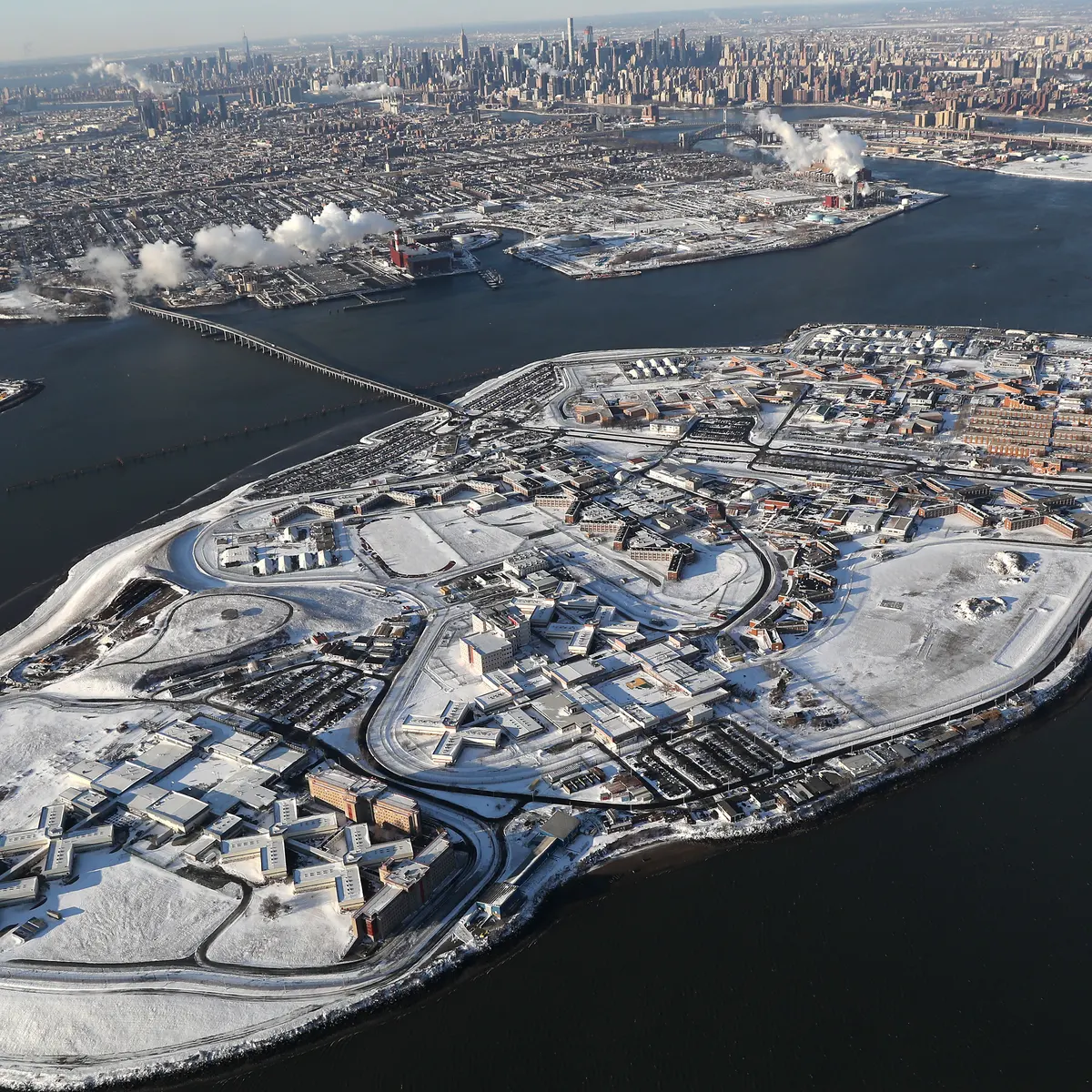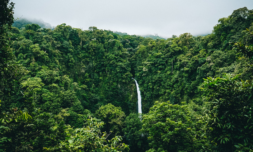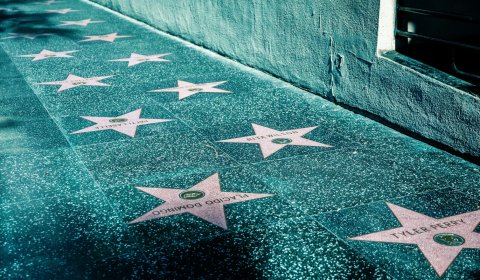The local council has planned to close New York’s most notorious prison by 2027. In efforts to decarbonise the state, designers have put forward ideas to turn Riker’s Island into a green energy hub.
Over the years, Riker’s Island – a 400-acre piece of land located between the Bronx and Queens – has gained a reputation for being home to one of the world’s most brutal prisons.
Most people know about Riker’s because famous rappers, hardcore criminals, and sometimes wrongfully convicted citizens have been sent there to endure its harsh conditions and highly dysfunctional environment.
It’s had a lot of bad press, especially during the last year, when a record nineteen inmates died while behind bars. The council has promised to close the facility by 2027.
The next step is to figure out what to do with the spacious island once its 5,700 inmates are relocated to four brand-new prisons. Ideas of turning it into a space that progresses the city’s green agenda have loomed since the prison’s closure was announced.
Now, blueprints are finally being put forward.
In partnership with the Rhode Island School of Design, New York’s Regional Plan Association (RPA) has presented a solid plan to transform it into a sustainable energy hub.






















